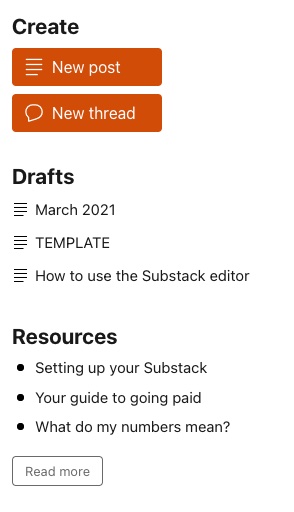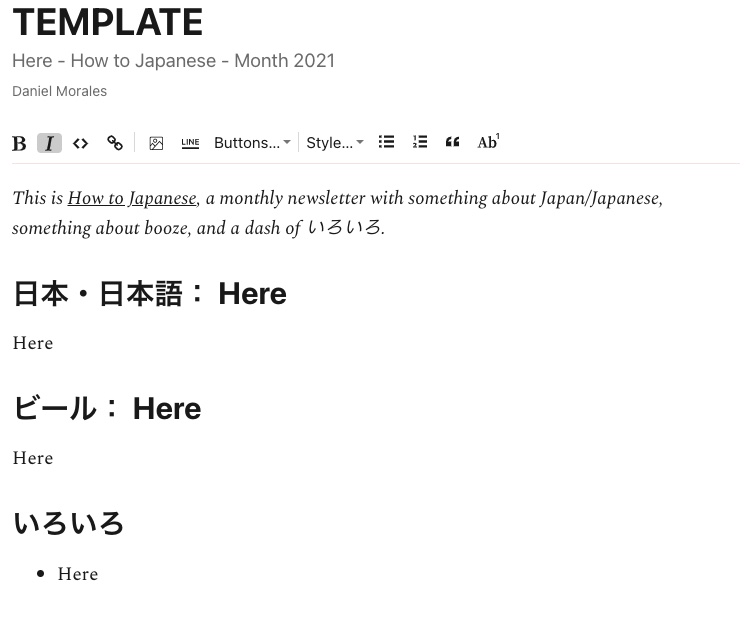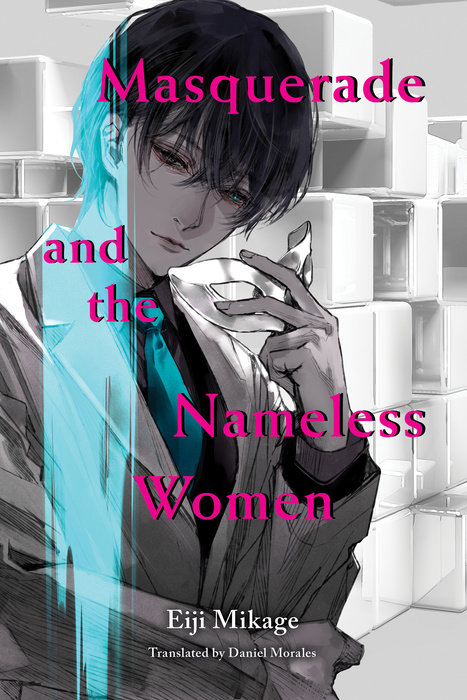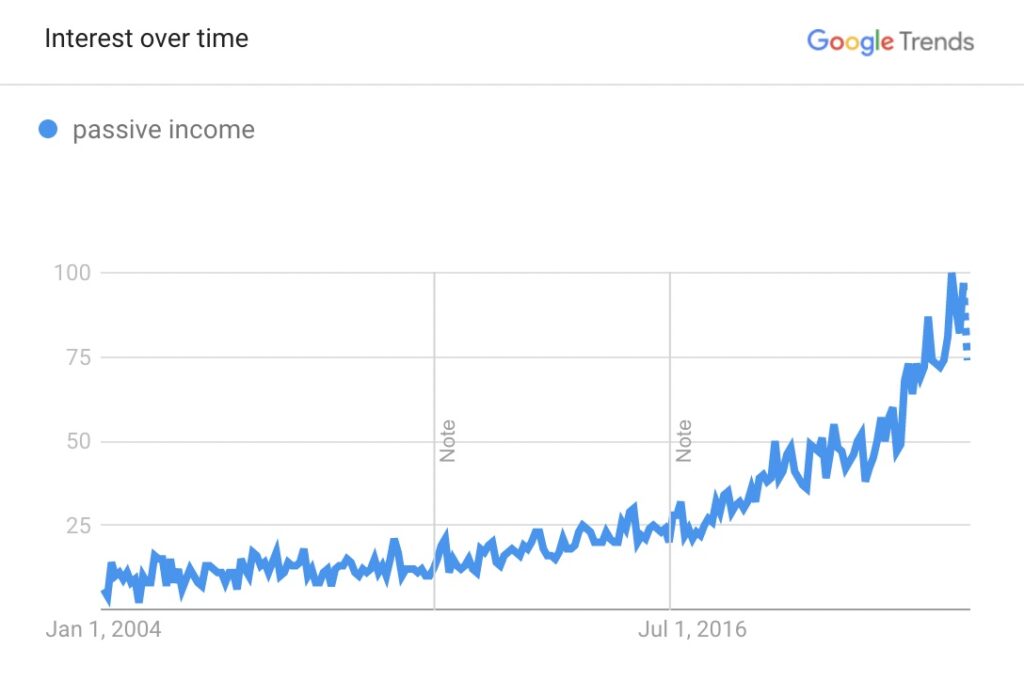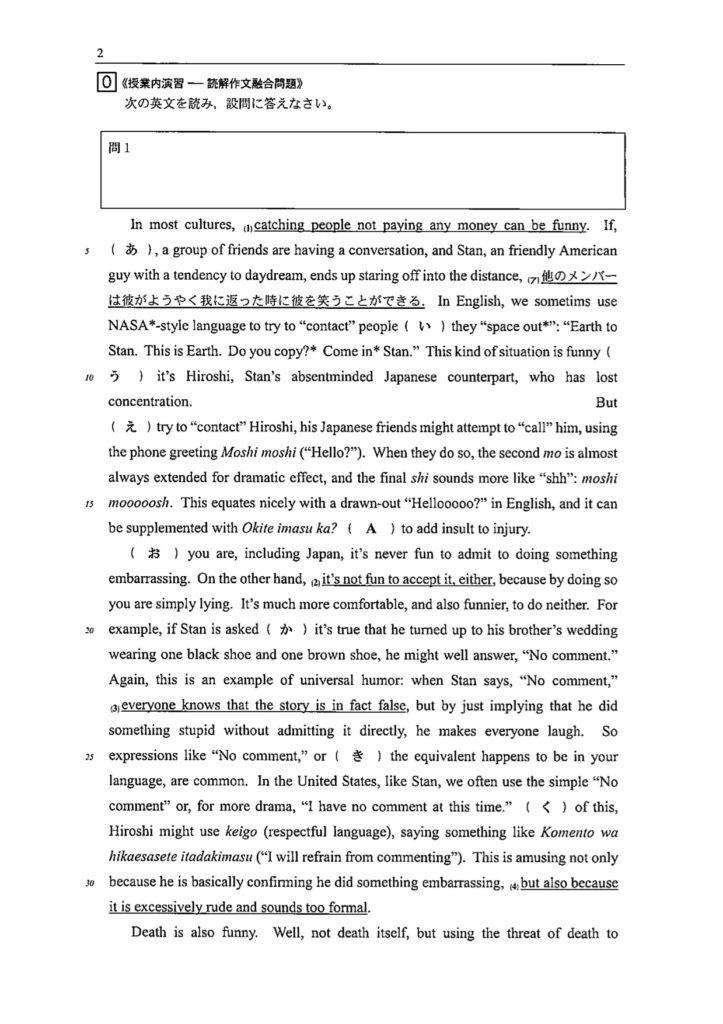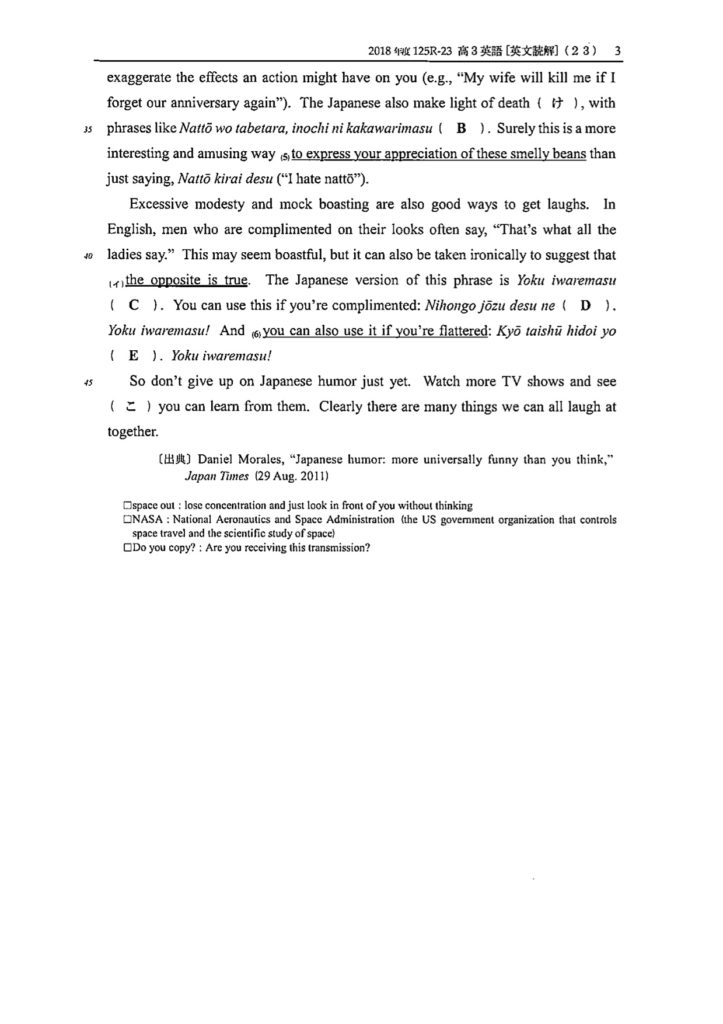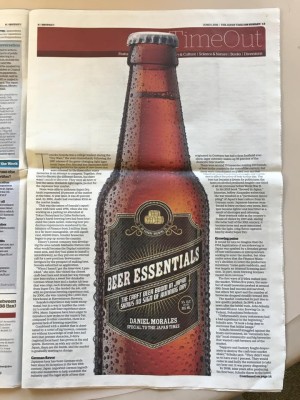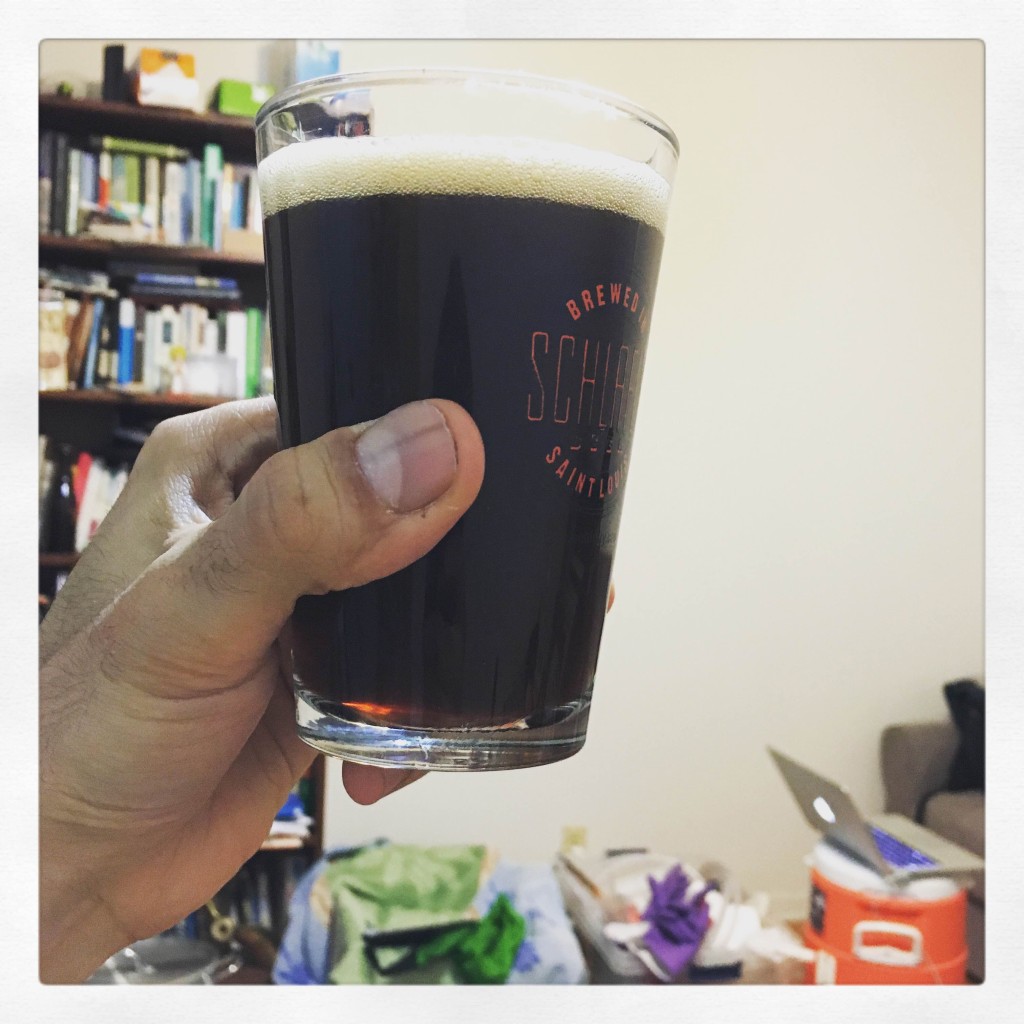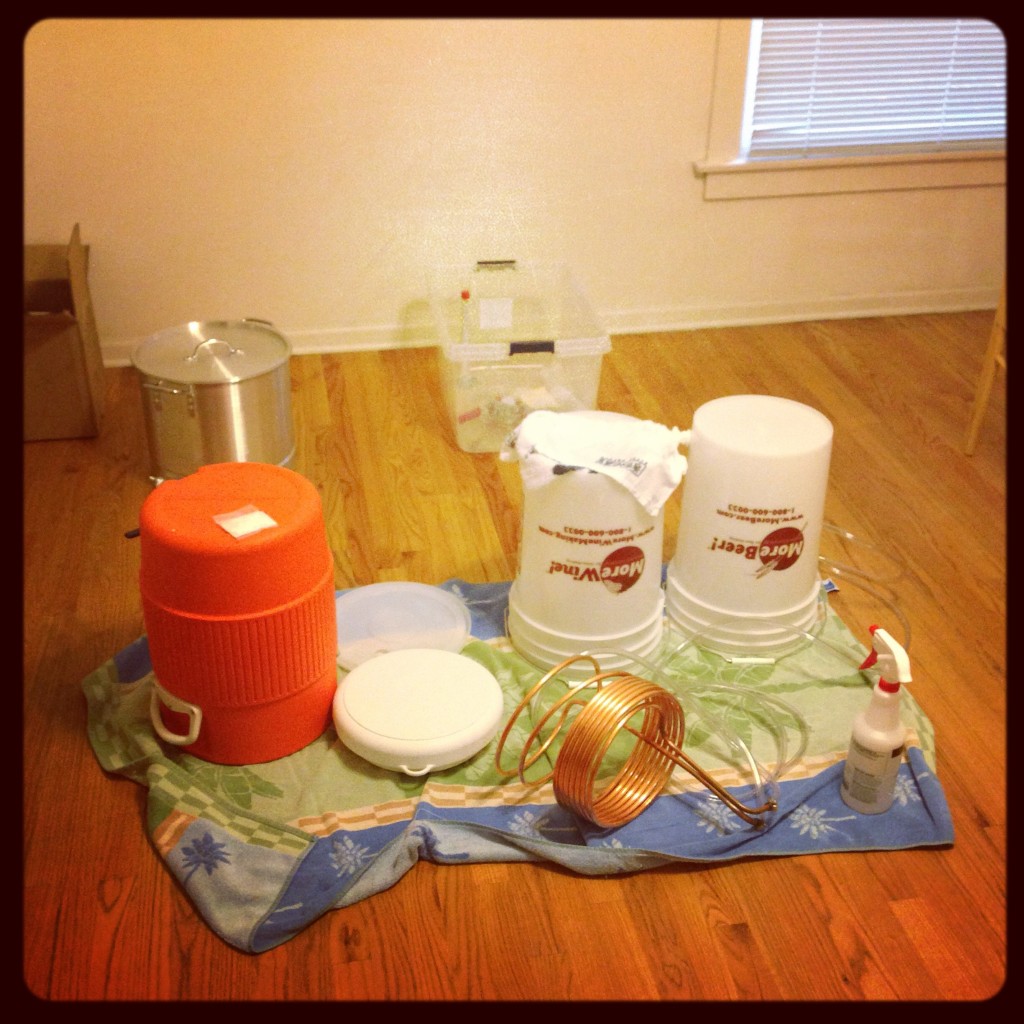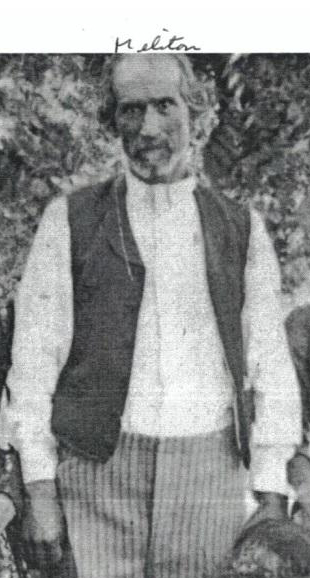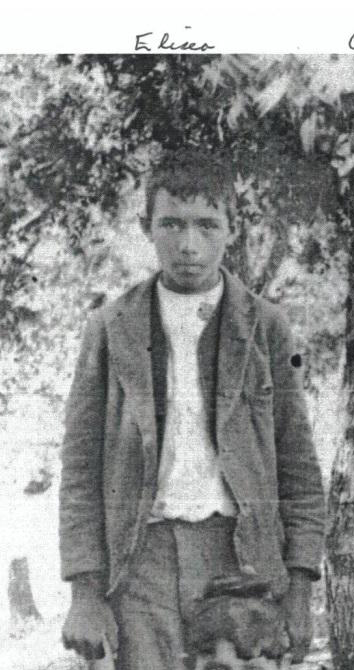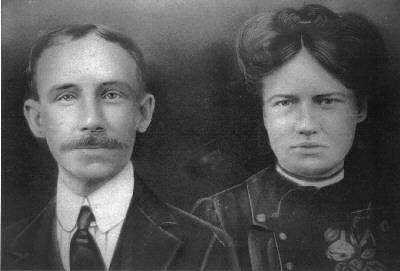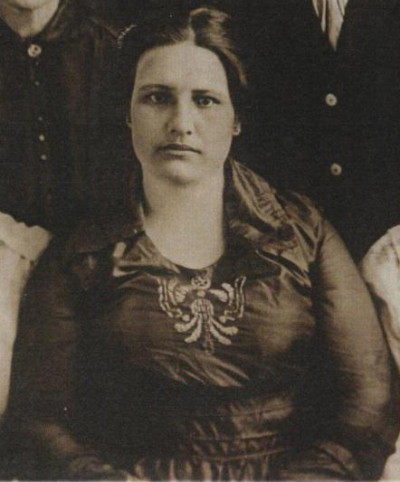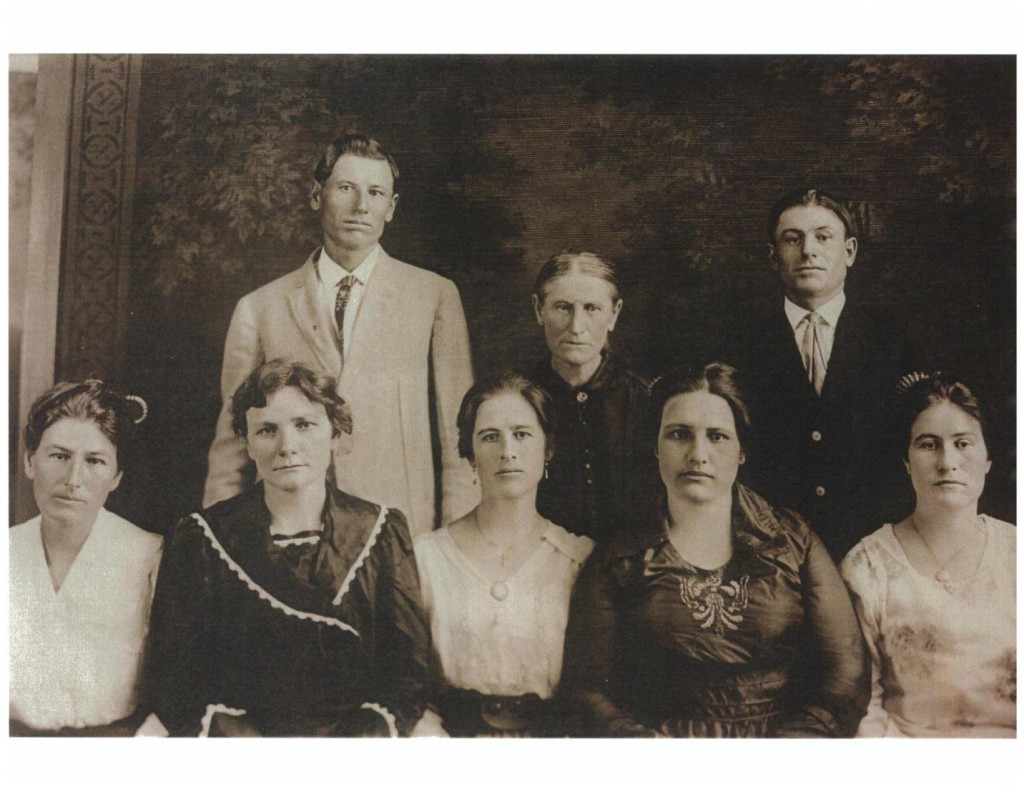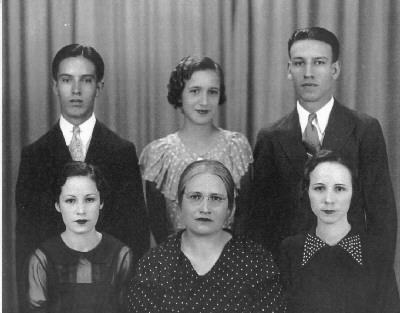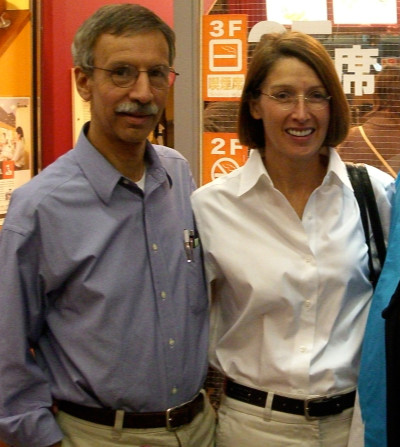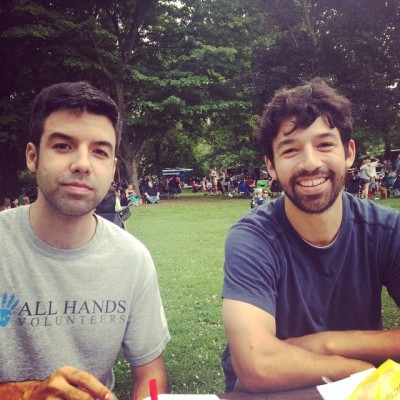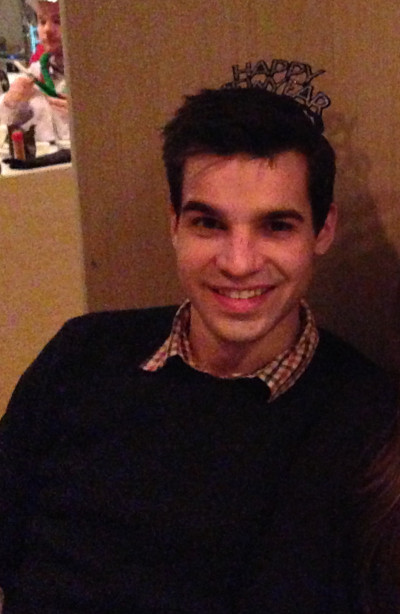Breakfast
- Down-Home Buckwheat Pancakes Recipe | Bob’s Red Mill (bobsredmill.com)
- Super easy way to use up buckwheat. I don’t always have milk, so I sometimes just add watered down yogurt.
Mains
- The Best Lasagna Recipe {Simple & Classic} (simplyrecipes.com)
- This recipe worked really well. I would probably do half beef/half Italian sausage next time.
- Sheet Pan Pork Chops With Brussels Sprouts — Baking with Josh & Ange (bakingwithjoshandange.com)
- My oven doesn’t get very hot, but I still overcooked the pork. I think six minutes on each side might be enough, even at 350F.
- Beef and Burdock Takikomi Rice
- This recipe was super easy in a rice cooker. The best part is that you can clean up while it cooks. Going to be making this a lot during the winter.
- 5-Minute Miso Glazed Salmon
- Super easy recipe. Add miso soup, rice, and tsukemono and you’ve got a super easy Japanese meal ready to go in five minutes. I’ve been eating this like twice a week, ha.
- Beef Enoki Rolls
- Super quick, easy, and fun meal. Wrap beef around little bits of enoki – I used toothpicks because it was easier than trying to tuck or tie the beef slices. Stir fry onions in a little oil until they are soft. Put enoki rolls on top of onions. Pour on sauce (1/4 cup soy sauce, 1/2 cup dashi stock, 1-2 tbsp honey, salt and pepper). Simmer until beef is cooked. Drizzle two whisked eggs over meat and cook for a few minutes. Serve over rice!
Rice
- One Pot Mushroom Rice
- Add 1 cup washed rice, 3/4 cup water, 2 shiitake mushrooms sliced, 1 cup cooked bamboo shoots sliced, 1 tbsp ginger, a bunch of garlic, minced shallot/onion, 1 tbsp dark soy sauce, 1/2 tbsp soy sauce, 1 tbsp oyster sauce, 1 tsp sugar, 1 tbsp olive oil to rice cooker and mix well. I cooked on the takikomi setting, and I made a double portion. Came out super great.
Noodles
- Creamy Gochujang Mushroom Udon
- This recipe was great. I made a single serving but kept the mushrooms the same. They need to be sautéed for a lot longer than 3-4 minutes to get them to brown. Adjust the amount of gochujang for your spice level.
- Creamy Sesame Noodles
- Another go-to. Super quick. I put together the sauce while the noodles are boiling. I usually make about half of what’s recommended in the recipe, and recently I just eyeball the sauce: peanut butter, sesame paste, sugar, soy sauce, black vinegar, sesame oil, grated garlic and ginger. Stir it up with a little noodle water.
- Soy Milk Kimchi Udon
- Super easy recipe from a Japanese site. Unfreeze some frozen udon in warm water, drain it and set aside. Saute 100g of kimchi in sesame oil. Add 300ml of soy milk, 2 tbsp sesame paste, and bring to boil. Add a bit of dashi, soy sauce, and gochujang to taste. Bring to a boil. Add udon and then let it boil for 2 minutes and then serve.
- Fried Sauce Noodles (Zhajiangmian)
- Saw someone make this on TikTok, so I found a recipe that I could make with ingredients here in Japan (with a few special items from Kaldi – the sauces). Comes together super easy. Really fatty, depending on the pork. Next time I might try to drain the pork somehow. But all in all, a nice easy meal. I used regular ramen noodles because they have tasty fresh ones at the grocery store.
Soups and Stews
- Moroccan Chicken and Cauliflower Stew | Better Homes & Gardens (bhg.com)
- This recipe makes a ton. Buy cheaper cauliflower next time.
- 圧力鍋で加圧1分☆根菜の味噌汁 by 四児のハハ 【クックパッド】 簡単おいしいみんなのレシピが350万品 (cookpad.com)
- Reliable miso soup recipe. Don’t overdo it with the amount of daikon and carrots.
- Collard Greens & Chorizo Soup with Black Eyed Peas
- Pretty easy recipe. I used 1/2lbs of chorizo the first time. It needs the full pound.
- Roberto
- Of course.
- One-Pot Salmon Chowder
- Cook 1/2 lbs (225g) bacon in some water until water evaporates and bacon browns. Add medium onion and two stalks of celery. Season with salt and pepper. Add 2 tbsp flour (I might dissolve it in water first next time) and cook until it is no longer raw. Stir in 1 cup clam juice (I just used a bunch of actual clams) and 1 quart milk (900ml). Add 1 lbs potatoes and a bay leaf. Bring to simmer and cook for 15 minutes. Stir in 3/4-1 lbs of salmon. Cook for 3 minutes and it’s good to go. I recommend serving with a grilled cheese sandwich.
Vege/Vegan
- Thai Coconut Red Lentil Soup
- Super easy and reliable. Don’t forget the cilantro.
- Kali Dal (Rooted in Spice)
- Ingredients: 1 cup black lentils, 3 cups water, 2 green chilis, 1 inch ginger grated, 1/4 tsp turmeric, 1 tsp coriander powder, salt. Add these ingredients to pot, cook for 20 mins unless you’re soaking lentils beforehand in which case 15 mins. For tempered spices, 1 tbsp ghee, 1/2 tsp cumin seeds, 1 small onion, 3 garlic cloves, 1/2 tsp chili powder, 1 large tomato; start with cumin seeds, then add onion, then garlic and chili powder, then tomatoes. Add into lentils after they cook.
- Garlic Spinach Dal (Rooted in Spice)
- Ingredients: 1 cup split green moong dal, 4 cups water, 1 large tomato diced, 3 green chilis, 1/2 inch ginger, 1/2 tsp turmeric, 1 tsp coriander powder, salt to taste, 2 cups frozen spinach. Add to Instant Pot, cook for 7 mins. In a small pan, 1 tbsp ghee or avocado oil, 1/2 tsp cumin seeds, 6 cloves garlic, 1/4 tsp red chili powder, 1 dried red chili, juice of one lime. In a small pan heat ghee/oil, cook cumin seeds then add garlic and red chili powder. Add to dal then add lime juice and mix.
- Khichdi (Rooted in Spice)
- Lentils blend: 1 cup split green moong, 1 cup yellow split pigeon peas (arhar/toor), 1/2 cup red lentils (masoor), 1/2 cup yellow moong, 1/2 cup white lentils (split white urad)
- Rinse 1/2 cup lentils blend and 1/2 cup basmati white rice. Soak in water for 15 mins while prepping ingredients. Sautee 1 tbsp of ghee and 1/2 tsp cumin seeds. Add 1 small red onion finely diced, sautee until translucent. Add 4 garlic cloves and 3 green chiles, all chopped/diced, and 1/2 inch grated ginger. Add 1/8 tsp asafoetida (hing), 1/4 tsp turmeric, 1/4 tsp red chili powder, salt to taste, and 1 large tomato or 2 medium tomatoes (I do a half can of diced tomatoes). Sautee until tomatoes are soft. Add fenugreek leaves (1 frozen block) and 1 cup frozen peas. Add drained rice/lentils mix, add 4 cups water and mix. Manual cook in Instant Pot for 7 minutes. Top with sumac chopped cilantro, and drizzle of ghee.
- Kabocha Red Lentil Soup
- This was also super easy. I cooked the red lentils in an Instant Pot after getting the kabocha into the oven. Stirs together easily.
- Easy Instant Chana Masala
- This comes together super quickly. In 2 tbsp of olive oil, fry up garlic and ginger (as much as you’d like), 1 tbsp garam masala, and 1 tsp turmeric for 30 seconds. Add 1 can of chopped tomatoes and half a can of water. Drain 2 cans of chickpeas and add them. Add 1 can of coconut milk (I did 1/2). Simmer for 20-30 mins on low. Add 3 oz (I guess one bunch from the store?) of spinach and stir until wilted.
Sides
- Highlands Bar and Grill’s Cornbread | The Local Palate
- Used soybean oil in place of bacon fat. Also used masa in place of cornmeal and it came out fine. Didn’t use any of the add-ins.
- Rice Cooker Cornbread
- This is a random recipe from a Japanese site, but it’s super simple. I use the “cake” setting on my rice cooker and make some adjustments. I add a little sour cream and baking soda. Game changer.
Dessert
- Lemon Bread and Butter Pudding
- I did a double portion. Two egg yolks, 5 tbsp heavy cream, 4 tbsp whole milk, splash of vanilla, 3 tbsp sugar, 50g lemon curd, 2 Japanese slices of bread (really thick – probably three thin US slices), a good bit of lemon zest. Mix liquids and sugar. Cut bread into cubes and squish in. Bake at 350F (180C) for 25-30 minutes. It was only slightly lemony. I would try to get it more lemony next time, maybe by adding lemon juice directly. But super easy and quick.
- The Cookie
- Easy and addictively good.
This page is updated somewhat regularly.
